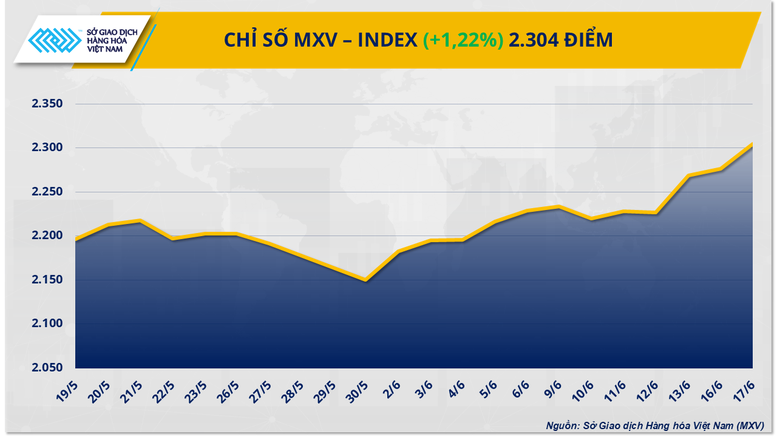
Oil prices skyrocket
According to MXV, the energy group was a bright spot in the commodity market yesterday when it received overwhelming buying power across all five commodities in the group, contributing significantly to the overall market's upturn. Notably, two crude oil commodities recorded an increase of more than 4%.
Specifically, Brent oil price has returned to above 76.45 USD/barrel, equivalent to an increase of 4.4% while WTI oil price increased sharply by 4.28%, to 74.84 USD/barrel - the highest level since the beginning of this year.
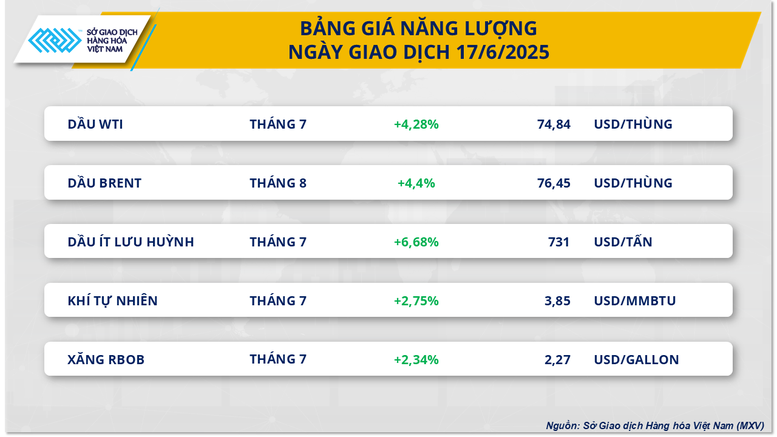
Yesterday, tensions between Israel and Iran continued to escalate, causing investors to become increasingly concerned about the risk of disruption to oil supplies from Iran and neighboring Gulf countries. Although no major damage has been reported to Iran's oil production and export infrastructure, the collision and fire of two oil tankers near the Strait of Hormuz amid increased electronic interference has raised concerns that this strategic import-export route could be closed at any time.
If the prospect of the Strait of Hormuz being blocked becomes a reality, global energy prices will face the risk of skyrocketing. According to data from consulting firm Vortexa, an average of 20 million barrels of crude oil and related energy products are transported through this route from the Gulf countries to the world market every day, accounting for nearly 20% of the total global crude oil flow. In addition, natural gas is also heavily affected, as Qatar - one of the world's largest suppliers of liquefied natural gas (LNG) - is almost entirely dependent on the shipping route through the Strait of Hormuz to export its products.
In parallel, the latest report from the American Petroleum Institute (API) also supported the upward momentum of oil prices when it recorded a sharp decrease in commercial crude oil reserves in the US in the week ending June 13, with a decrease of up to 10.1 million barrels - much higher than the slight decrease of 337,000 barrels in the previous week. In addition, the API also estimated that gasoline inventories in the US decreased by 202,000 barrels last week. This is considered an optimistic signal for the energy market, showing that fuel demand in the US is showing a clear recovery trend.
In another development, the International Energy Agency (IEA) has just released its June oil market report with notable adjustments to the global supply and demand outlook. Accordingly, the IEA continues to lower its forecast for global oil demand growth this year to 720,000 barrels per day, down from 740,000 barrels per day in its report last month. At the same time, the IEA also raised its forecast for global supply growth from 1.6 million barrels per day to 1.8 million barrels per day. These adjustments show that the IEA continues to maintain its view on the risk of oversupply in the oil market in the coming time, when the growth rate of supply far exceeds the increase in demand.
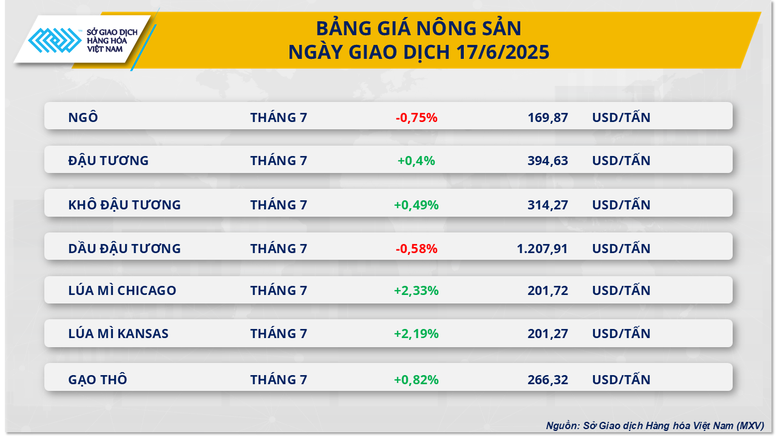
In addition to the energy market, the agricultural group also recorded positive signals. In particular, two legume products, soybeans, recorded a price increase of more than 0.4% to 394 USD/ton; soybean meal also increased by 0.49% to 314.27 USD/ton. This increase was driven by positive supply and demand signals within the market.
Source: https://baochinhphu.vn/chi-so-mxv-index-bat-len-vung-2300-diem-102250618090417041.htm








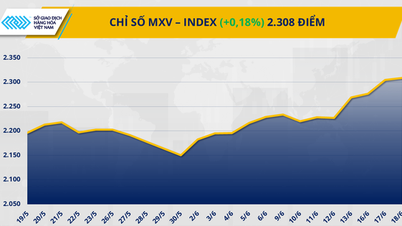



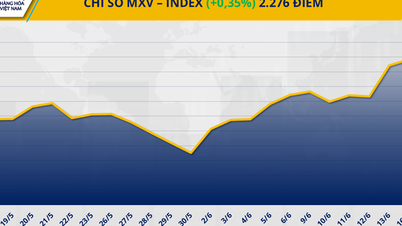
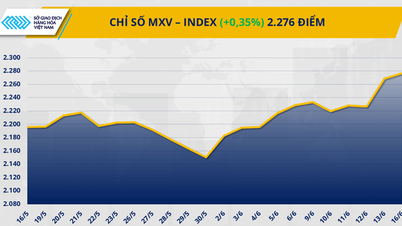
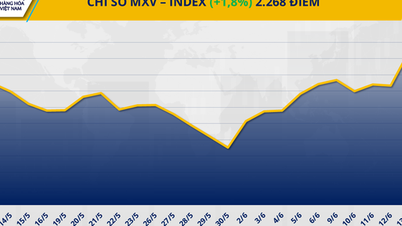























































































Comment (0)